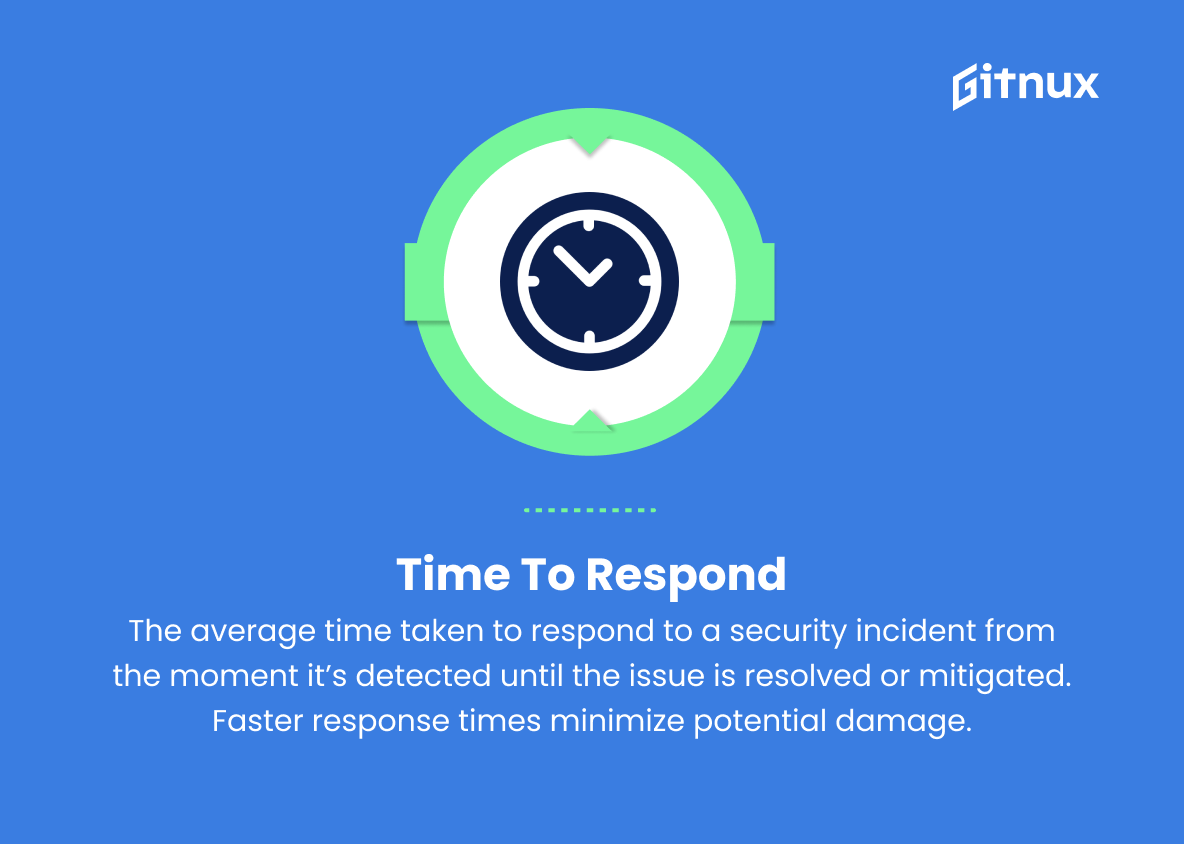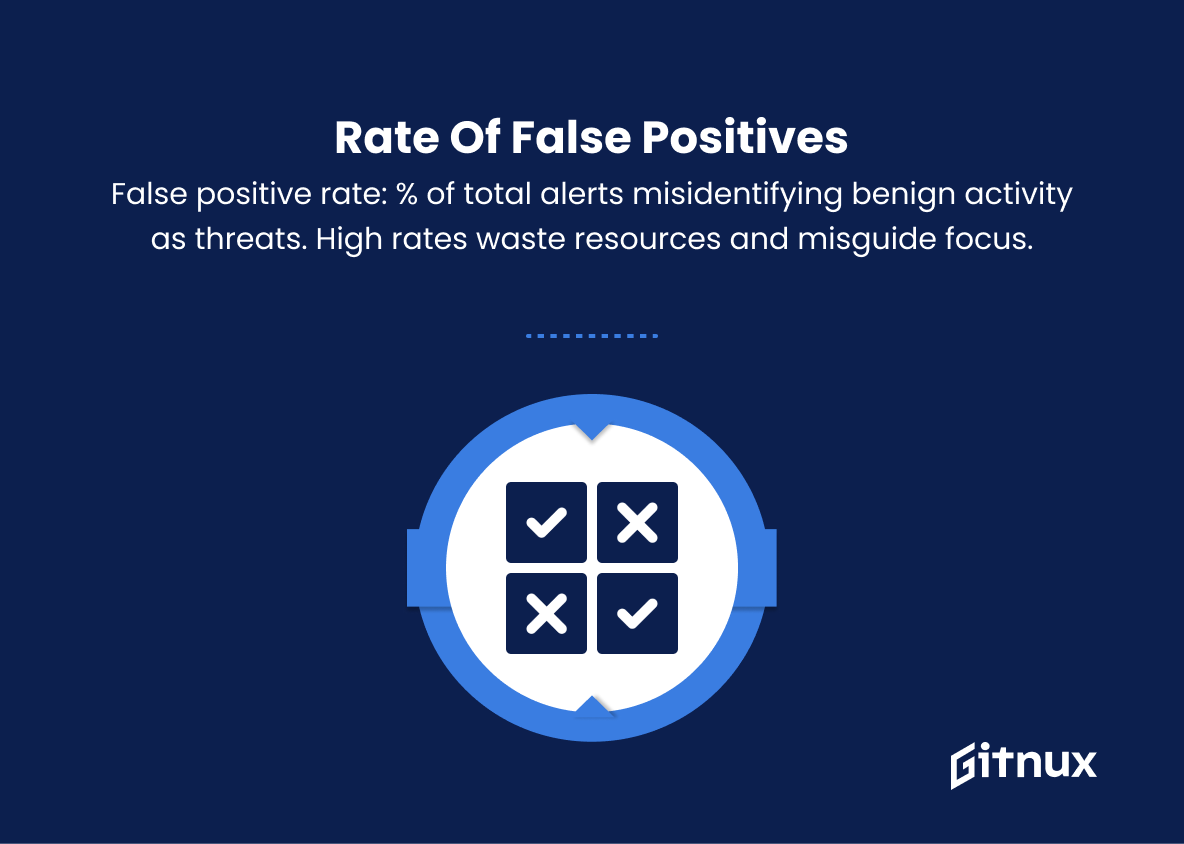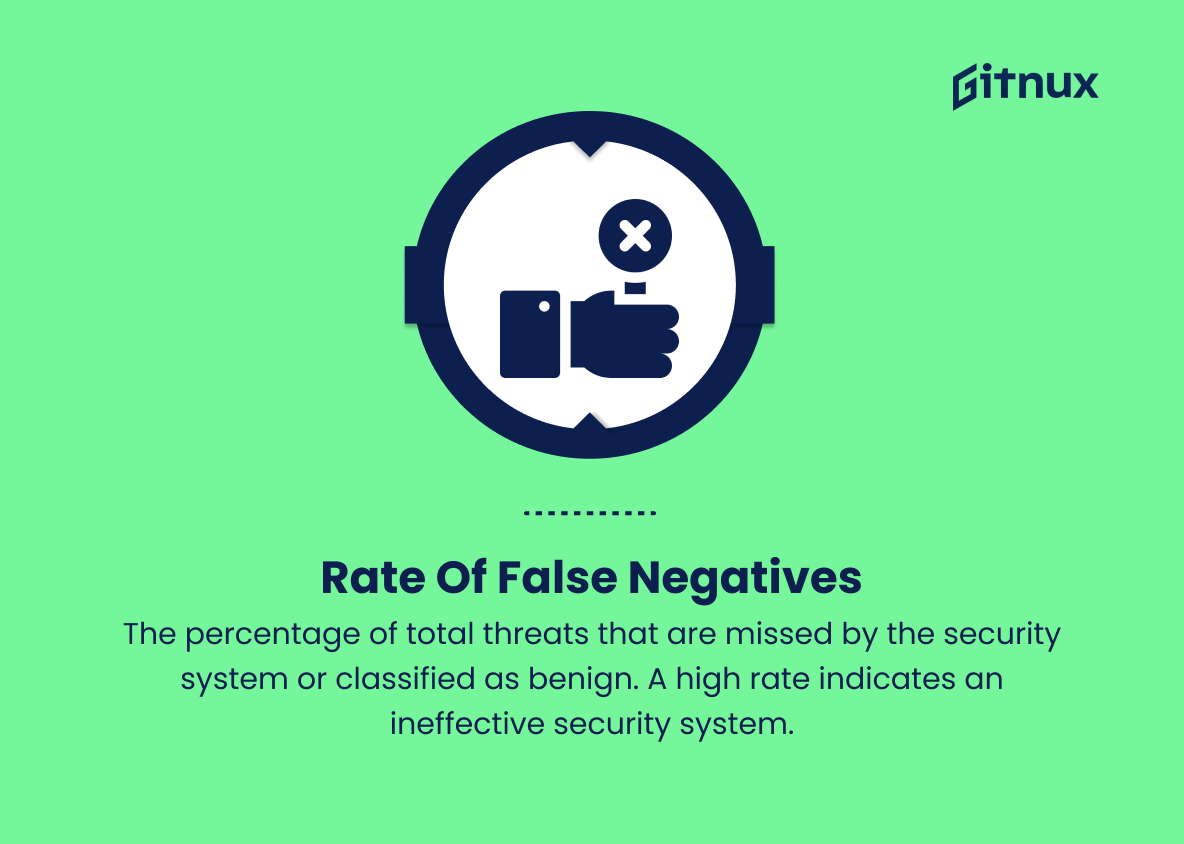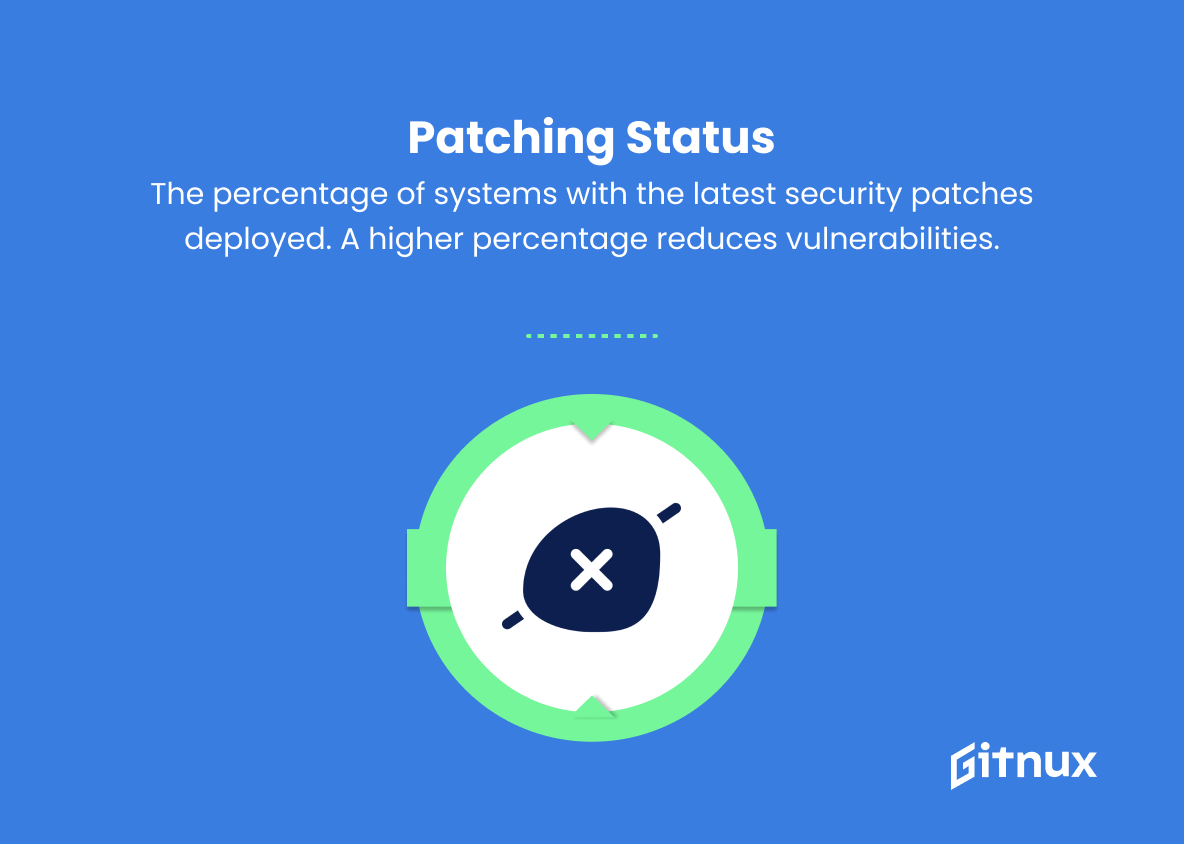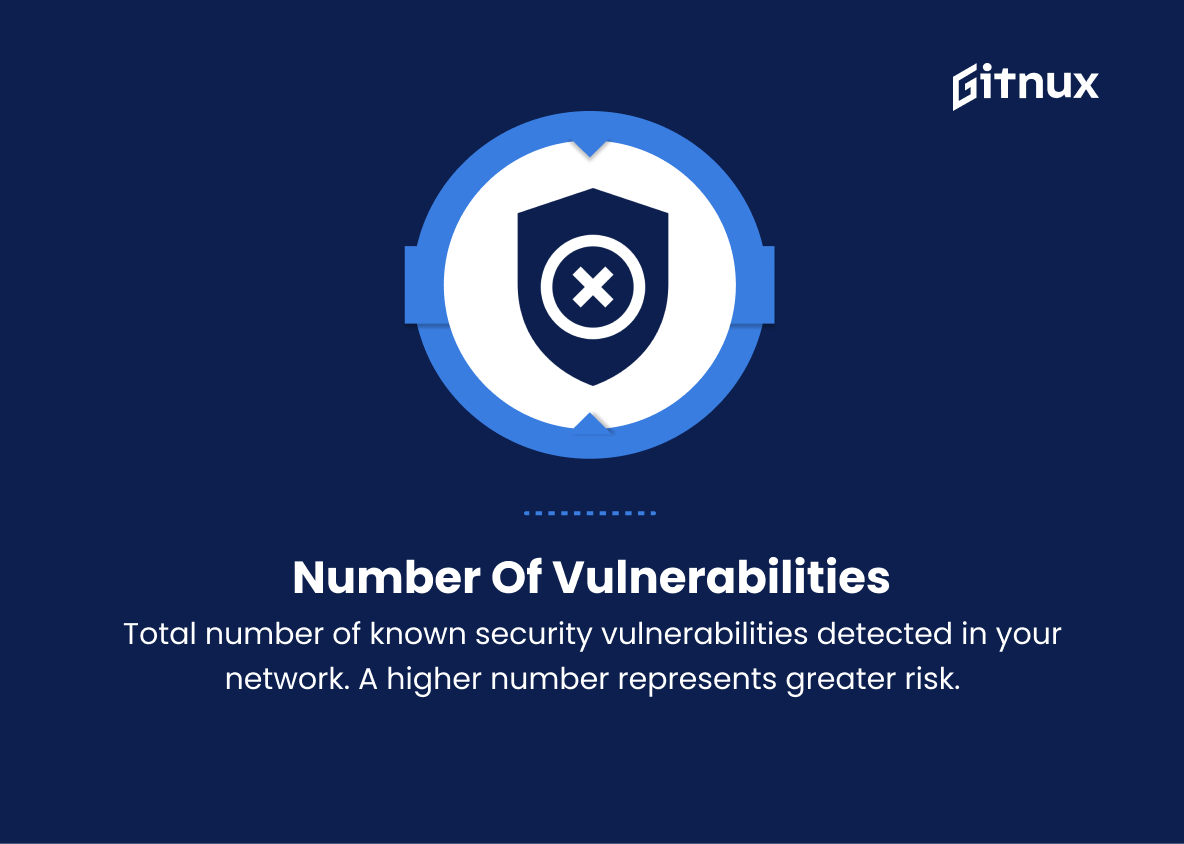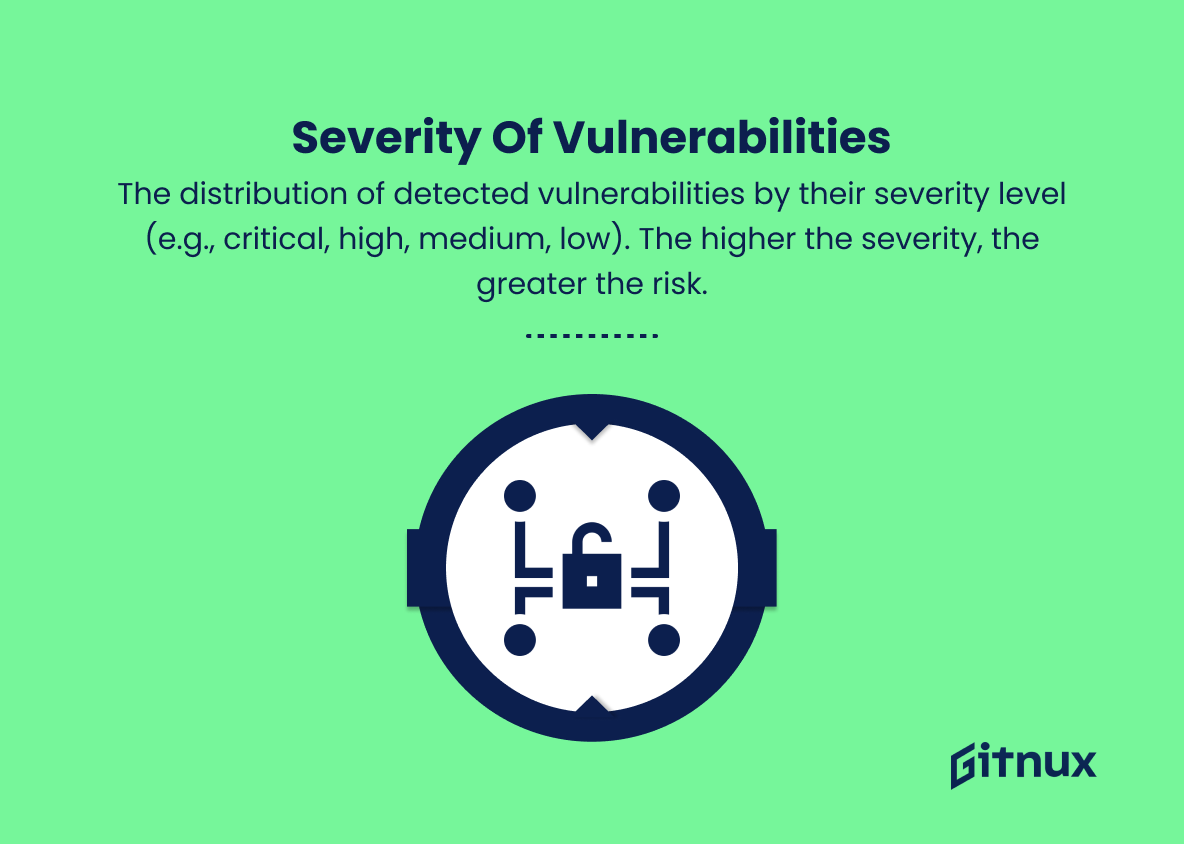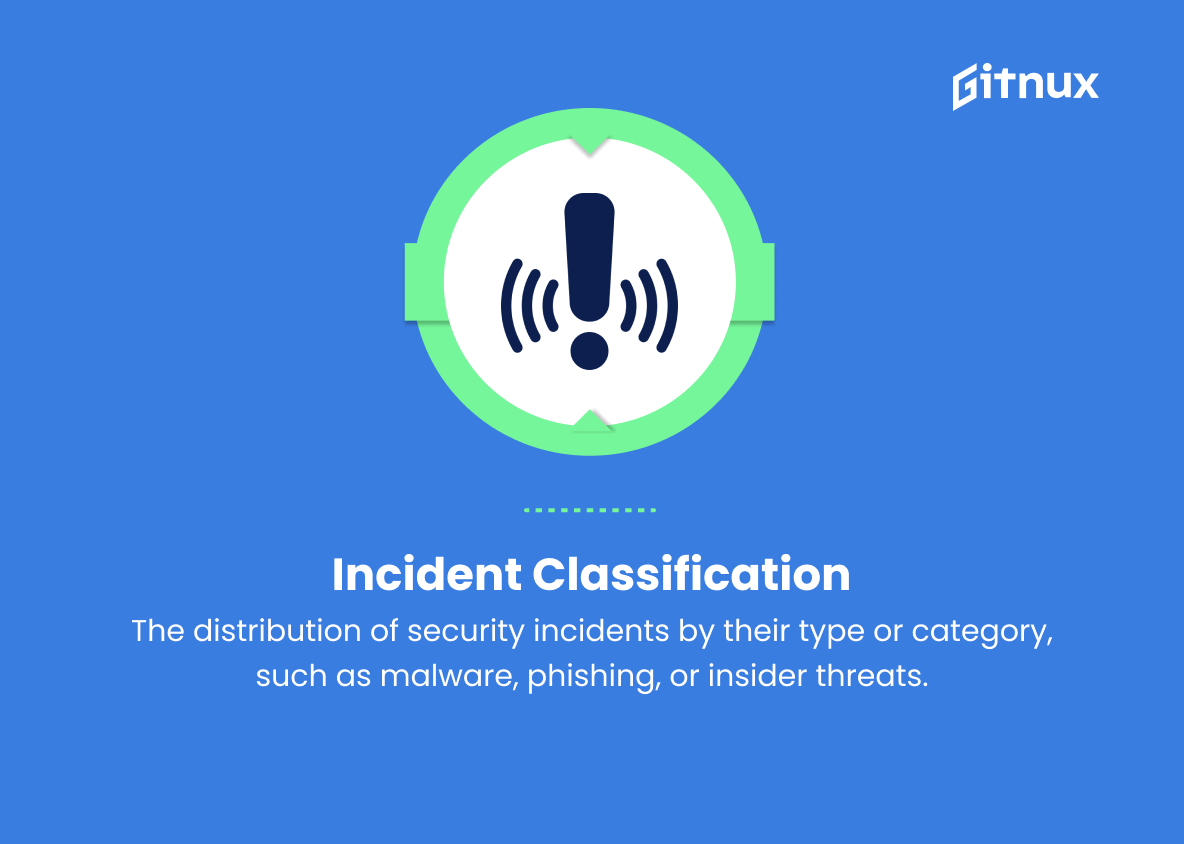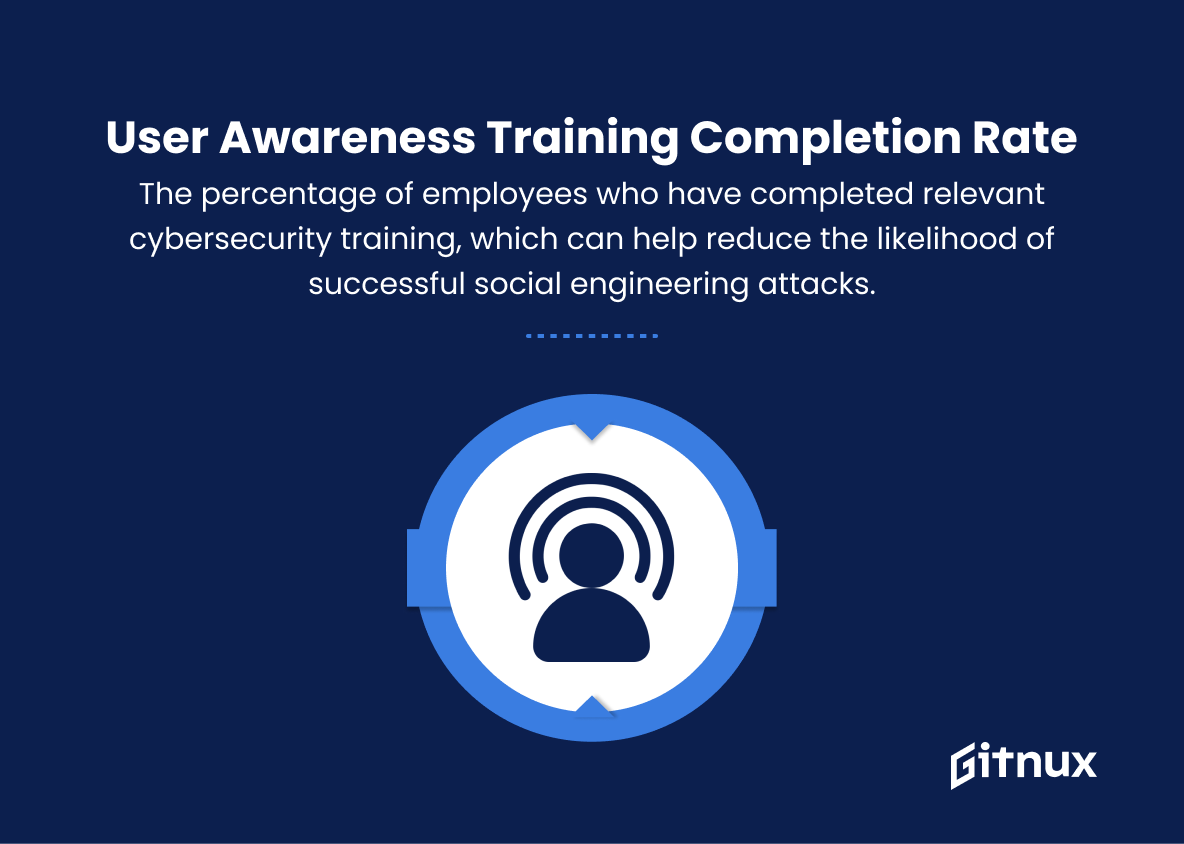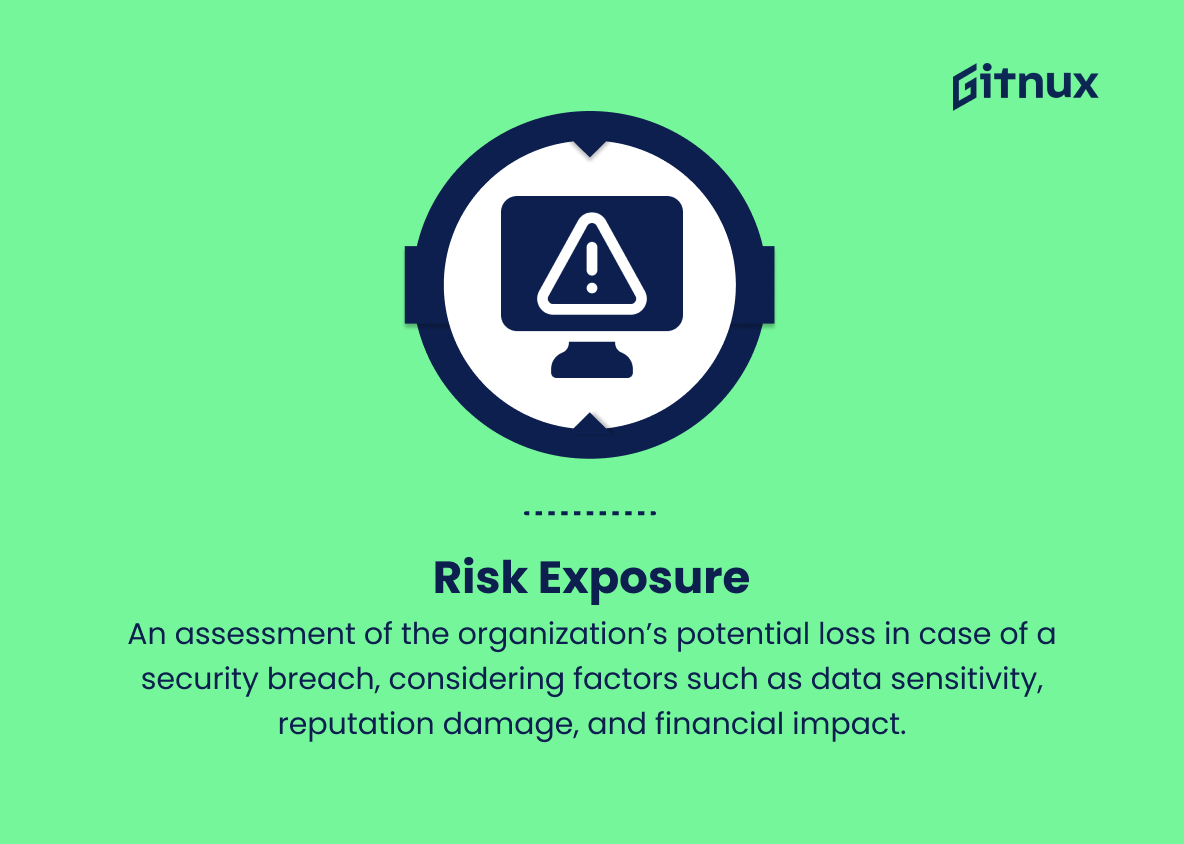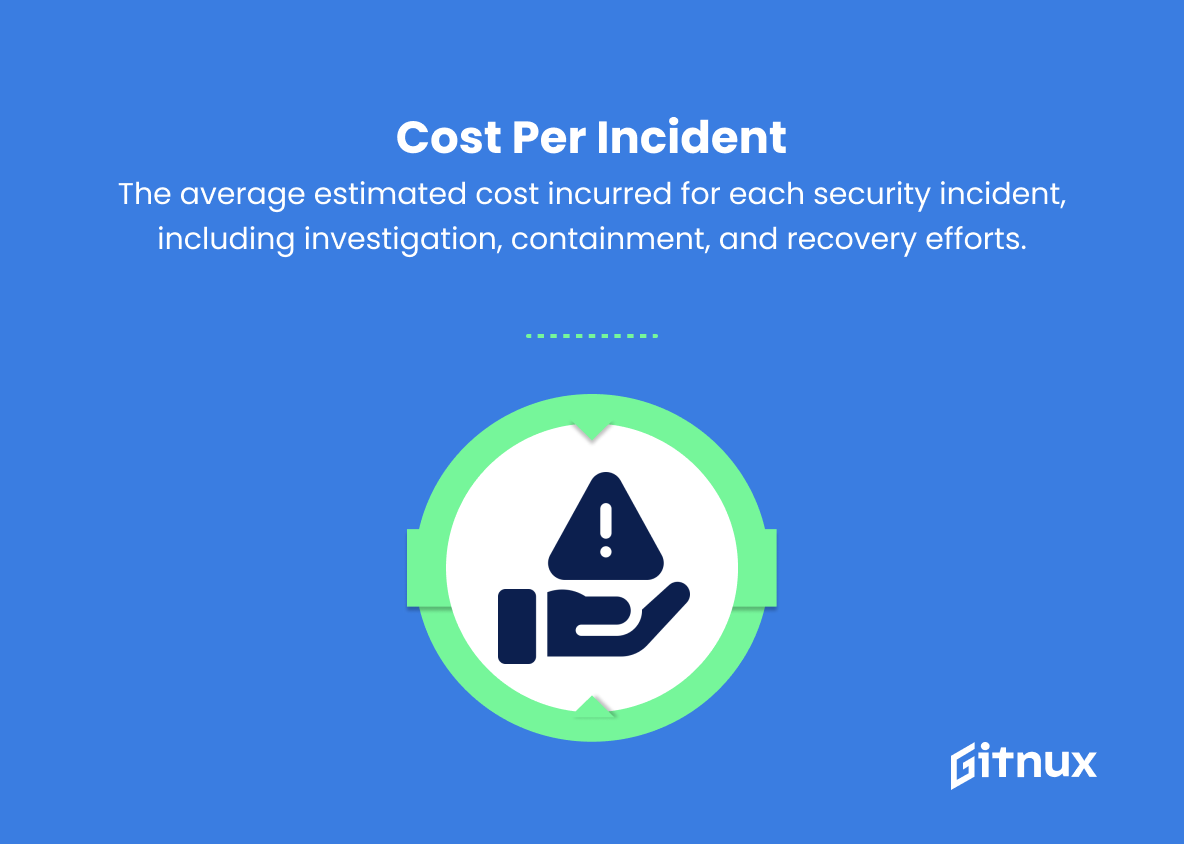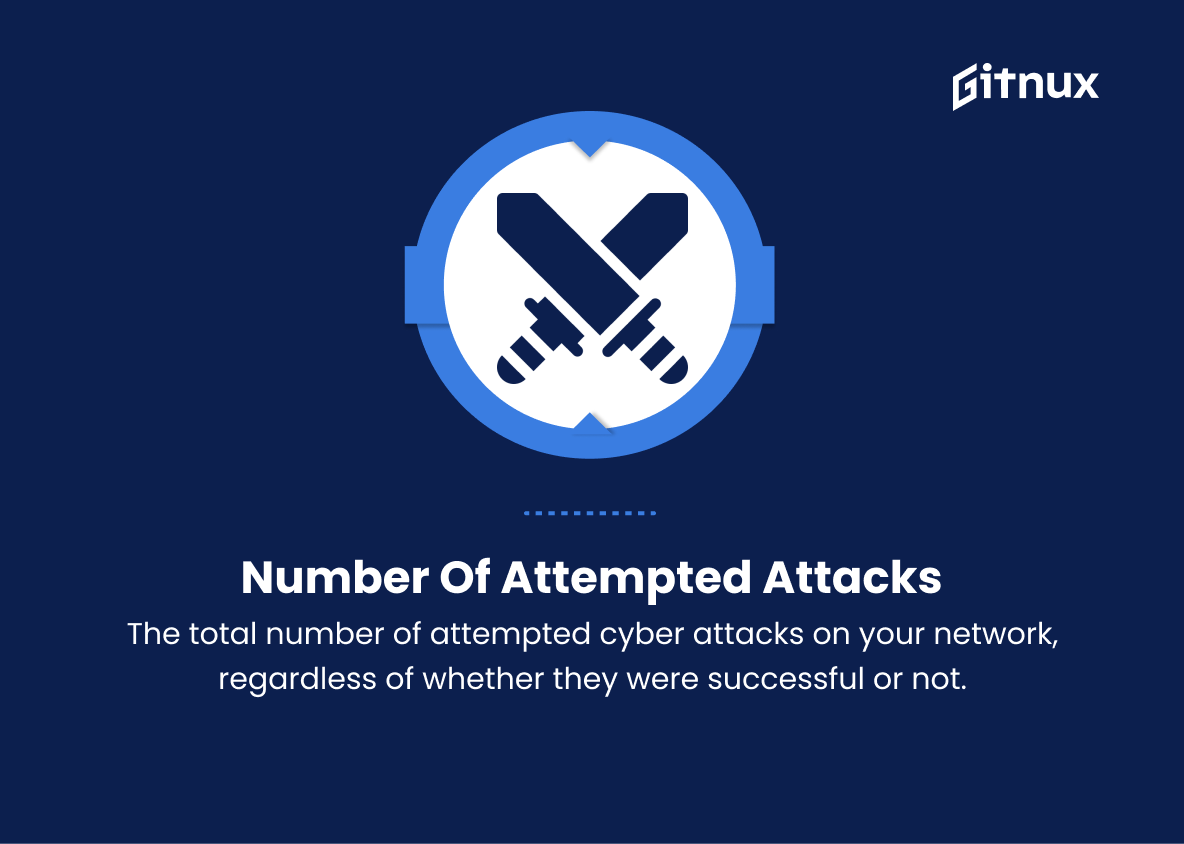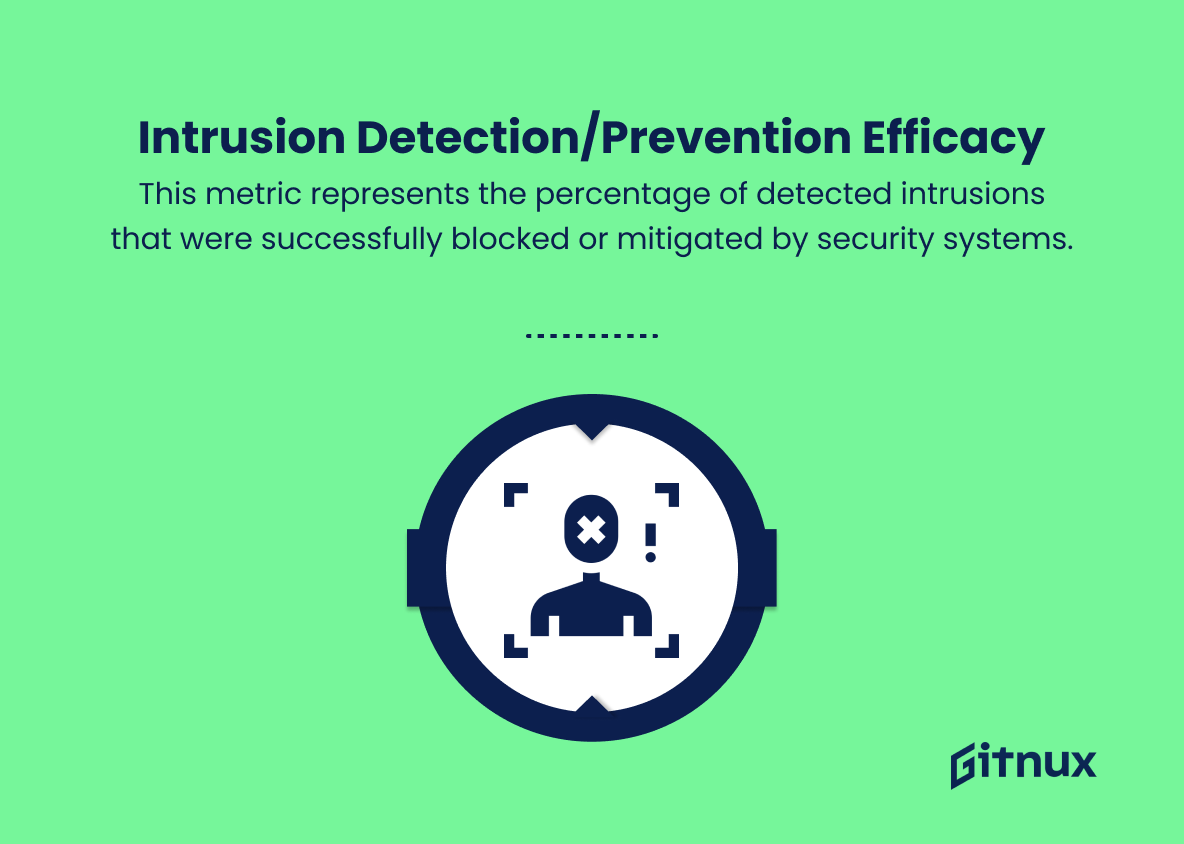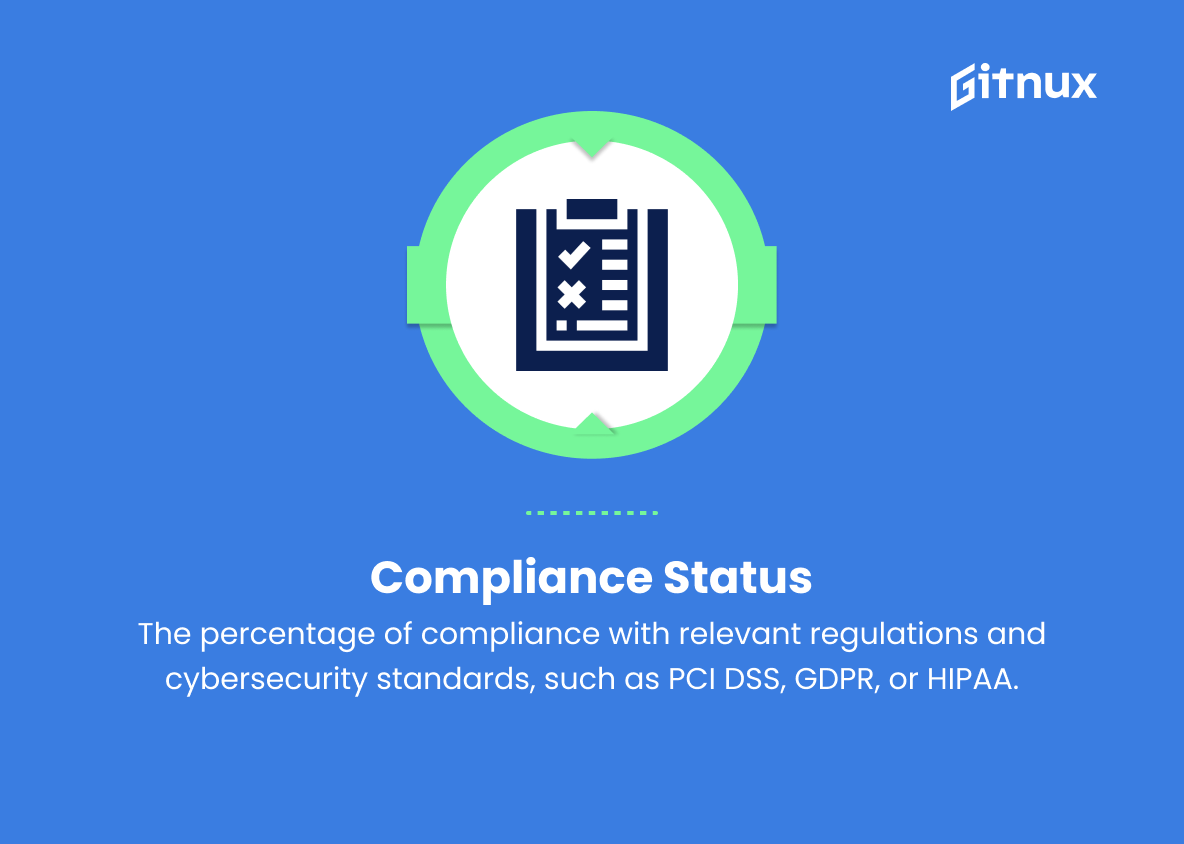In today’s world, the significance of cyber security has reached unparalleled heights. With growing dependence on technology, hackers and other cyber criminals have been exploiting vulnerabilities, thereby compromising the privacy and security of individuals, businesses, and even nations. As organizations continue to adapt to the ever-evolving digital landscape, the need for comprehensive and proactive cyber security measures has become non-negotiable.
Consequently, the development and adoption of Cyber Security Dashboard Metrics have emerged as an indispensable tool for enterprises to protect their digital assets effectively. In this blog post, we delve into the realm of these indispensable metrics, exploring their importance, their various types, and how they can provide a clear, actionable, and data-driven approach to strengthen the cyber resilience of any organization.
Cyber Security Dashboard Metrics You Should Know
1. Number of incidents: This metric tracks the total number of security incidents detected in a given period, helping organizations understand the volume of threats they face.
2. Time to detect: The average time it takes for security teams to detect a threat, measured from the moment the threat enters the network until it’s first noticed. A shorter time indicates a more effective detection system.
3. Time to respond: The average time taken to respond to a security incident from the moment it’s detected until the issue is resolved or mitigated. Faster response times minimize potential damage.
4. Rate of false positives
The percentage of total alerts that are false positives, which occur when the security system mistakenly identifies benign activities as threats. A high rate may lead to wasted resources and misplaced focus.
5. Rate of false negatives
The percentage of total threats that are missed by the security system or classified as benign. A high rate indicates an ineffective security system.
6. Patching status
The percentage of systems with the latest security patches deployed. A higher percentage reduces vulnerabilities.
7. Number of vulnerabilities
Total number of known security vulnerabilities detected in your network. A higher number represents greater risk.
8. Severity of vulnerabilities
The distribution of detected vulnerabilities by their severity level (e.g., critical, high, medium, low). The higher the severity, the greater the risk.
9. Incident classification
The distribution of security incidents by their type or category, such as malware, phishing, or insider threats.
10. User awareness training completion rate
The percentage of employees who have completed relevant cybersecurity training, which can help reduce the likelihood of successful social engineering attacks.
11. Risk exposure
An assessment of the organization’s potential loss in case of a security breach, considering factors such as data sensitivity, reputation damage, and financial impact.
12. Cost per incident
The average estimated cost incurred for each security incident, including investigation, containment, and recovery efforts.
13. Number of attempted attacks
The total number of attempted cyber attacks on your network, regardless of whether they were successful or not.
14. Intrusion detection/prevention effectiveness
This metric represents the percentage of detected intrusions that were successfully blocked or mitigated by security systems.
15. Compliance status
The percentage of compliance with relevant regulations and cybersecurity standards, such as PCI DSS, GDPR, or HIPAA.
16. Infection rate
The percentage of devices infected with malware, including ransomware, over a specific timeframe.
17. Data breach frequency
The number of data breaches experienced by the organization within a given timeframe, regardless of the scale and cost.
Cyber Security Dashboard Metrics Explained
Cyber Security Dashboard Metrics matter because they provide crucial insights into the effectiveness and efficiency of an organization’s security posture. By tracking metrics such as the number of incidents, time to detect and respond, rate of false positives and negatives, and patching status, organizations can gauge their vulnerability to cyber threats and take corrective actions to improve their defenses.
Additionally, metrics like severity and classification of vulnerabilities, user awareness training completion rate, and risk exposure help prioritize resources and identify areas requiring attention. Furthermore, understanding cost per incident, number of attempted attacks, and intrusion detection effectiveness enables organizations to make more informed decisions about their cybersecurity investments. Compliance status and infection rate help ensure that organizations meet regulatory requirements and protect themselves from malware attacks.
Lastly, tracking data breach frequency provides a benchmark for evaluating the organization’s progress in maintaining the security of its critical data. In summary, Cyber Security Dashboard Metrics play a crucial role in enabling organizations to assess and improve their cybersecurity posture, making them indispensable in today’s digital landscape.
Conclusion
In conclusion, Cyber Security Dashboard Metrics are crucial tools for organizations to successfully manage their cybersecurity posture. By incorporating these metrics into a comprehensive, user-friendly dashboard, decision-makers can efficiently evaluate and monitor the effectiveness of their cybersecurity efforts.
This, in turn, contributes to a proactive approach that enables organizations to continuously improve their security practices, address vulnerabilities, and protect sensitive data. Ultimately, this heightened security awareness translates to reduced risk of threats, bolstering an organization’s reputation, and ensuring the confidence of stakeholders in a digitally-driven era.


